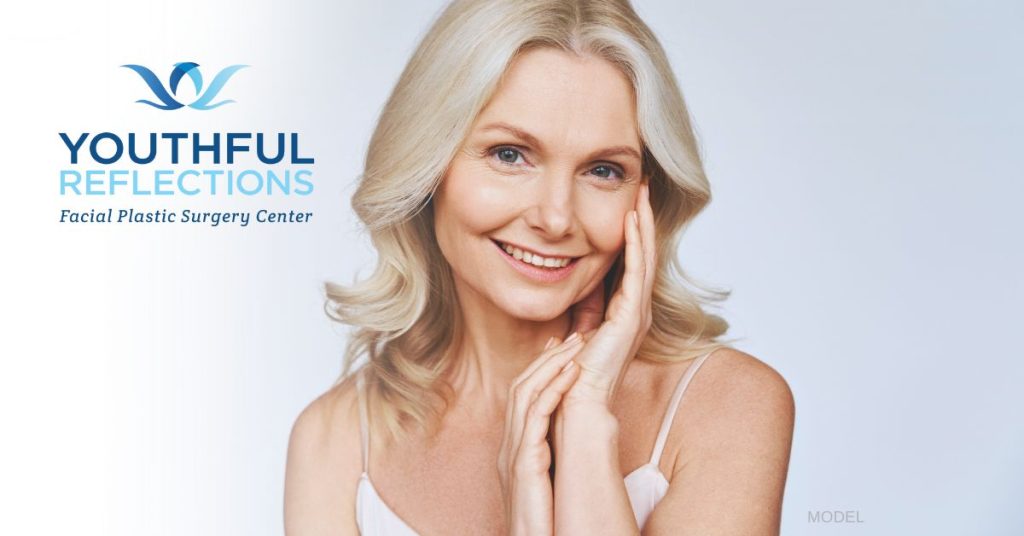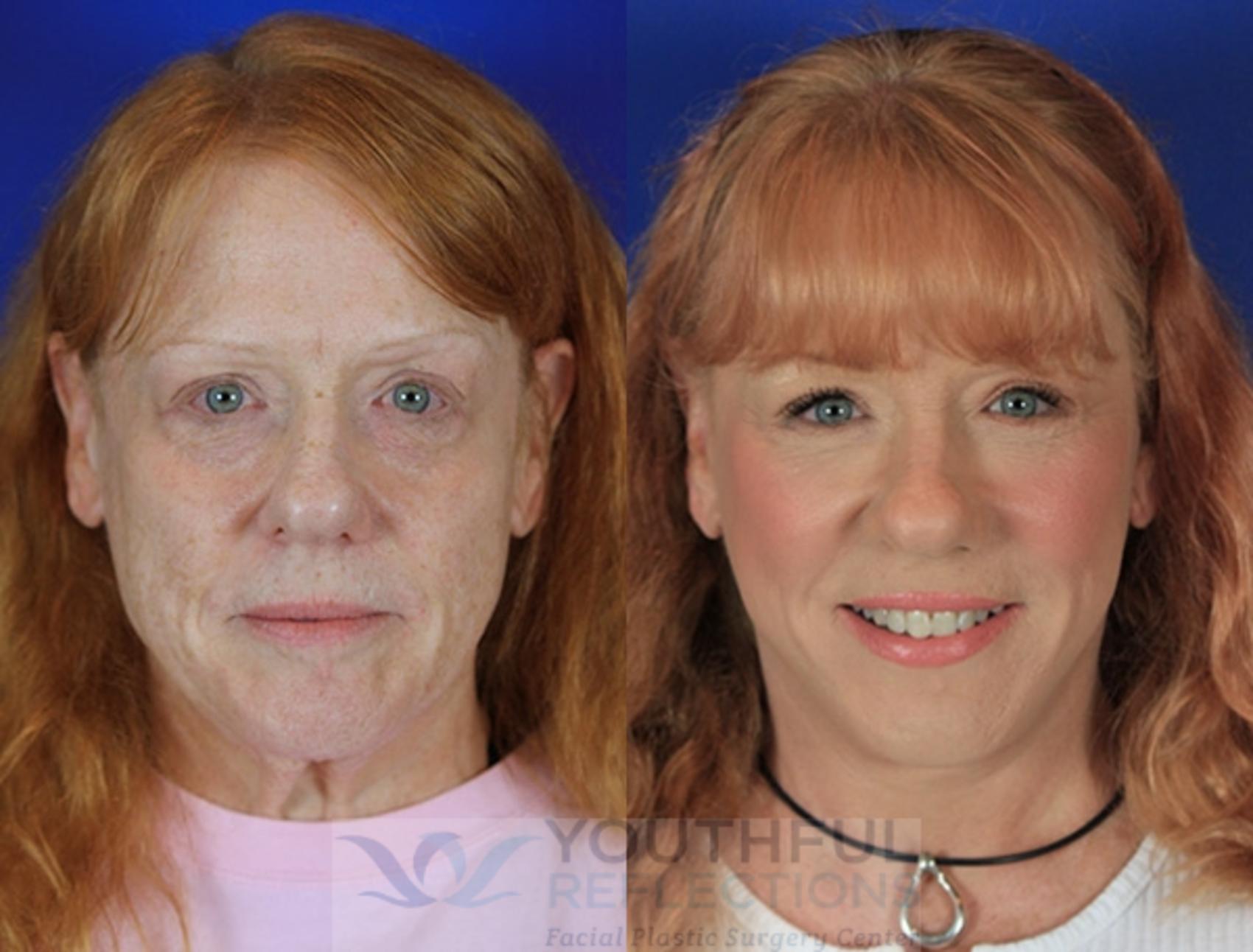People who don’t get enough sleep or suffer from allergies often have dark circles, bags or both under their eyes. But if you feel rested and still get asked if you’re tired because of under-eye rings and bags, you might benefit from lower blepharoplasty. The delicate skin on the lower eyelids is one of the first areas where you’ll notice signs of aging, including hollows and bags that cast dark shadows.
Candidacy for Lower Eyelid Surgery
The primary reasons people consider lower blepharoplasty include:
- Under Eye Bags – The procedure minimizes puffiness under the eyes or eye bags by removing or repositioning displaced fat.
- Dark Circles – Displaced fat can cause bags and grooves under the eyes, both of which create dark shadows that make you look tired.
- Sagging, Crepe-y Skin in the Lower Lids – Lax lower eyelid skin with its wrinkled, crepe-y texture can create a tired, aged appearance.
Even though most lower eyelid surgery patients have age-related concerns, some people inherit under-eye bags and may want surgery in their 20s or 30s.
Lower Blepharoplasty vs. Upper Blepharoplasty
Both lower and upper eyelid surgery share the same objective—creating a more rested, youthful appearance. They’re often combined during a single operation, especially for older patients with puffy, sagging upper and lower lids. I often combine other facial rejuvenation procedures, such as laser skin resurfacing or a facelift, with eyelid surgery.
Upper blepharoplasty is a bit more straightforward, with incisions hidden in the upper eyelid’s natural crease. That enables surgeons to remove excess skin and fat, creating a more alert appearance. We recently wrote about why people get upper blepharoplasty in a previous blog post.
The Lower Blepharoplasty Procedure
Lower eyelid surgery is performed to reposition extra eyelid fat, smooth puffiness, and tighten lax or sagging skin. It is usually a bit more uncomfortable for patients than upper blepharoplasty. The incision location depends on the needs of the patient.
If removing or repositioning fat is all that’s needed, I’ll make an incision on the inside of the eyelid. This internal blepharoplasty technique called the transconjunctival approach, leaves no visible scar. When there is excess skin and lax muscles supporting the lower eyelid, I place the incision on the outside just below the lash line. I can camouflage the resulting scar by carefully making the incision in a natural crease.
Lower Blepharoplasty Recovery Time
The downtime following lower (and upper) blepharoplasty depends on how fast you typically heal, but is often less than many patients anticipate. You can expect some swelling, bruising, and discomfort around the eyes. You might notice blurred vision and itchiness during the first few days after the procedure. Applying cold compresses reduces swelling and alleviates discomfort.
You can plan to return to work after about a week, but it could take up to 4 to 6 weeks before you see the full results.
Take the Next Step
If you feel that the appearance of your lower eyelids makes you look tired or older than you’d like, lower blepharoplasty may be an excellent treatment option. We encourage you to request a consultation using the online form or call us at (615) 942-8016 to request an appointment.













Leave a Reply